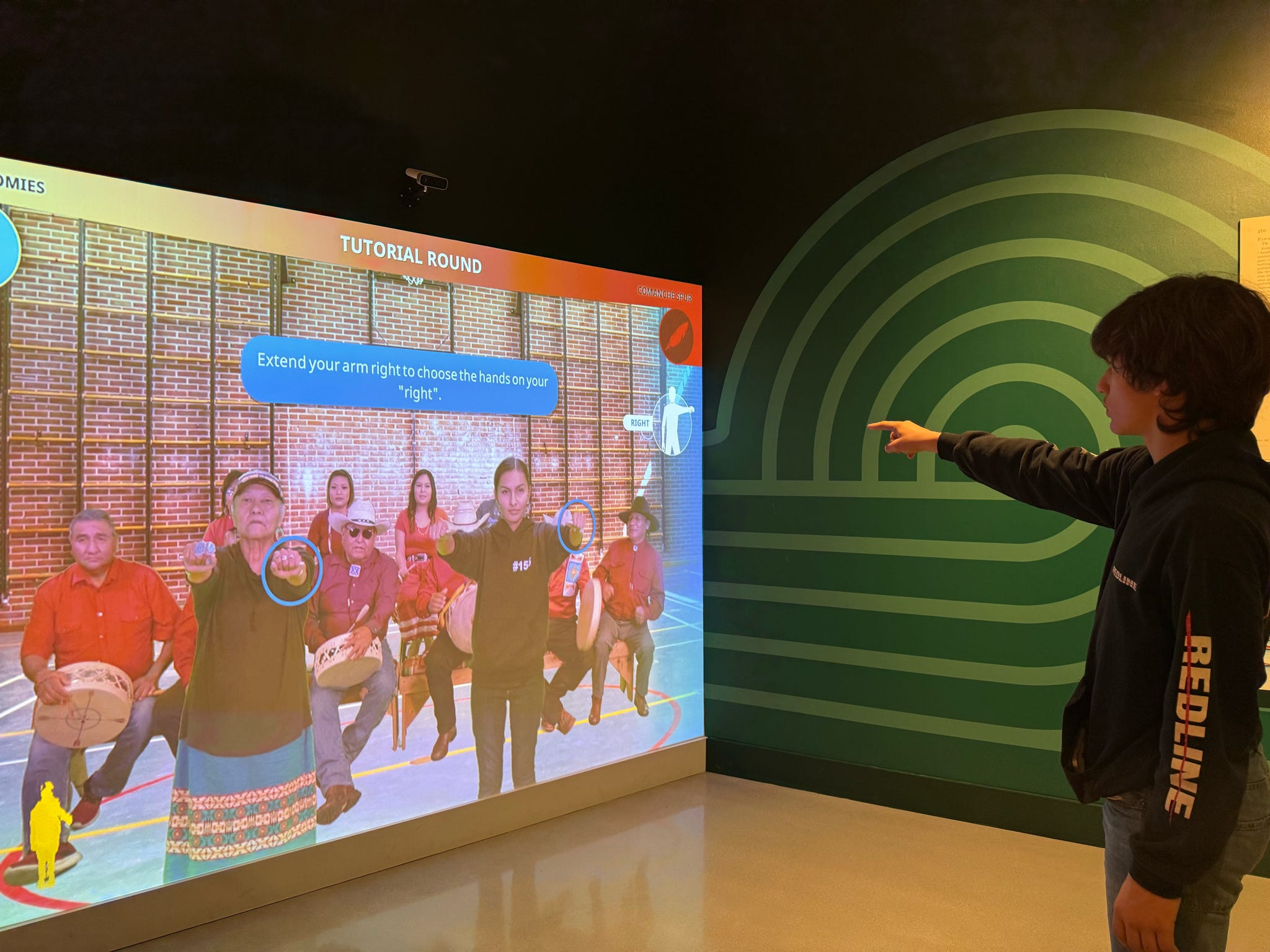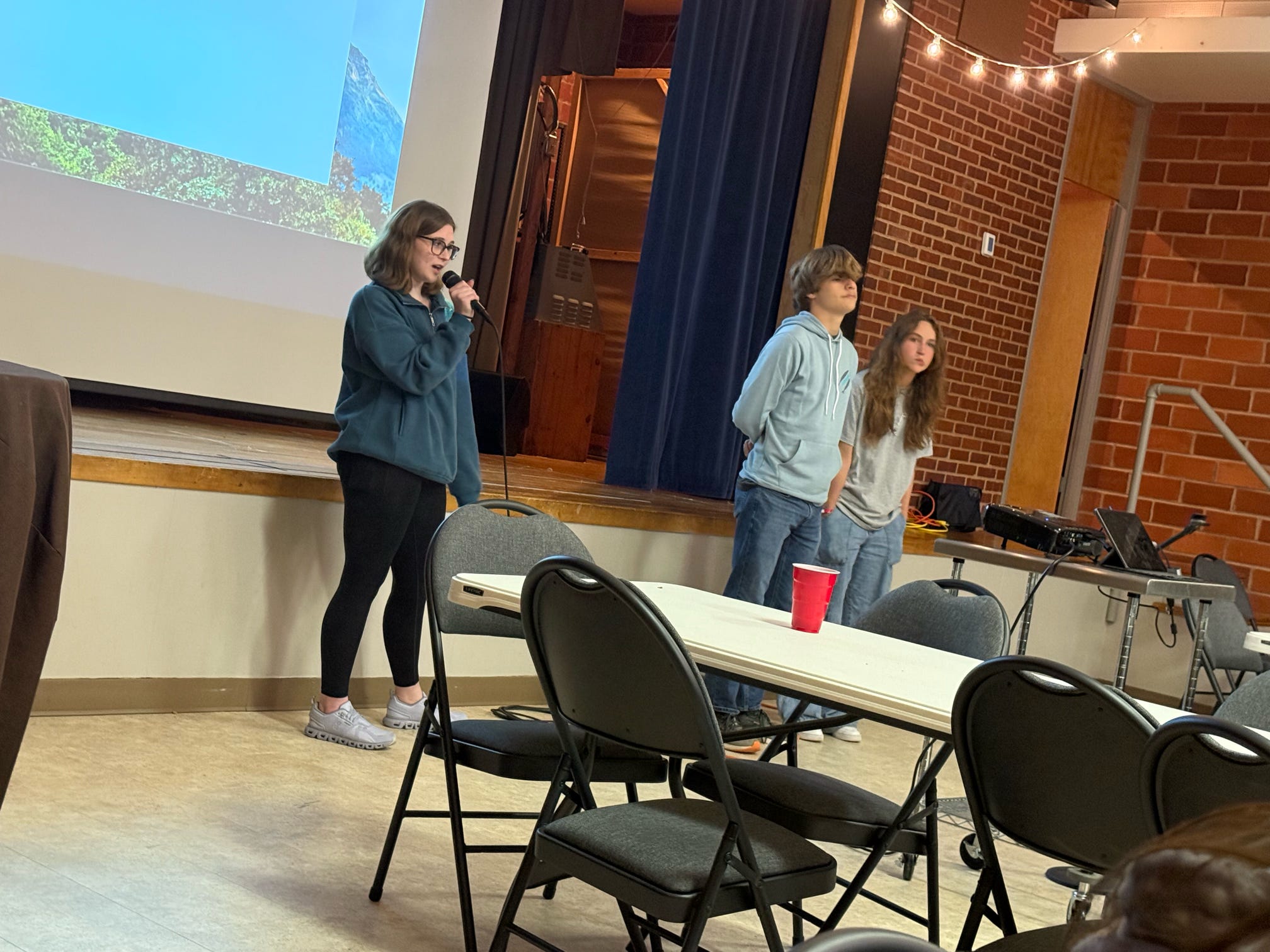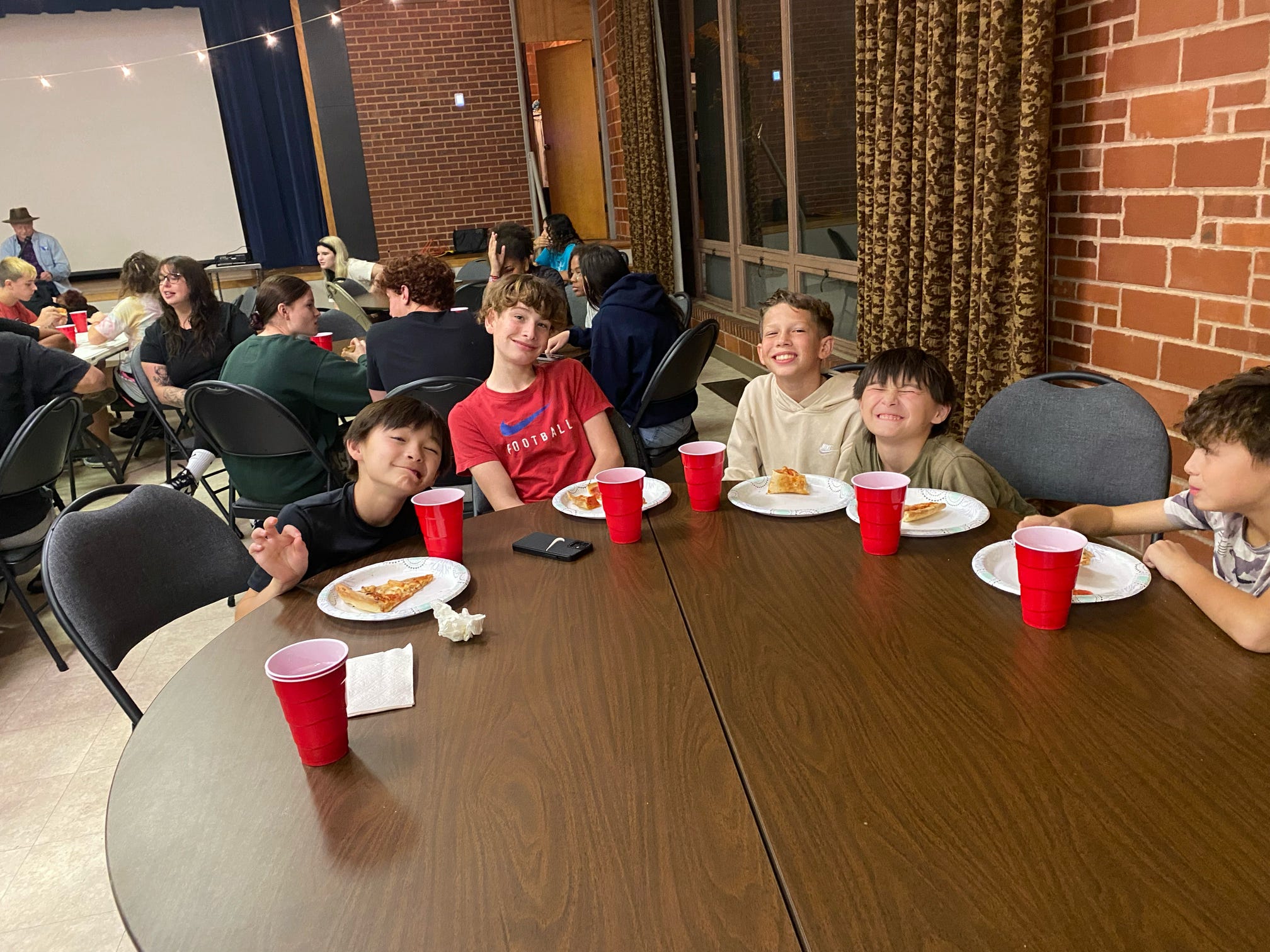Where’s Michael: December

Describe your church in 3 words.
Many people enjoy watching Christmas cartoons or movies. I know at least one person who began watching the Hallmark channel last month. I’ll speak for myself rather than for you or “we.” Reminders are more helpful than nostalgia. There are reminders and lessons in claymation, animation, over-the-top clumsiness, song-and-dance numbers, and knowing what it means to be the richest person in town.
Here is a short list of my favorite Christmas shows and movies in no particular order. Email me your list of films or books, and I’ll send you a complete list.
- How the Grinch Stole Christmas
- A Charlie Brown Christmas
- Christmas Vacation
- A Christmas Carol (Patrick Stewart playing Scrooge)
- Spirited
- A Christmas Story
- It’s A Wonderful Life
Reminder(s). That’s what I experience on the journey to Bethlehem each year. I saw photos of the Northern Lights that were visible in Oklahoma last month, but I didn’t see them in person. The photos and videos I saw were extraordinary. I imagine those who did see it in person experienced a bit of the awe and wonder of the shepherds keeping watch over their flocks. At least that’s what I experienced from the photos and videos.
Here’s a short list of the reminders and lessons from the journey to the manger and Christmastide that I’ve experienced over the years.
- The mysterious awe of creation.
- The presence of God in simple acts of hospitality.
- Abundance is a life-giving perspective.
- Hope, peace, joy, and love break into life unexpectedly. Learn from those experiences.
- God believes humans are capable of good.
I don’t know what you expect to experience or hope to experience this Advent and Christmas season. I trust it inspires, comforts, confronts, and reminds you of “God with us.” Join the Regional Youth Council in their journey to Bethlehem by downloading the Advent Devotion they created. It’s a conversation with the poem, The Work of Christmas, by Howard Thurman.
Happy Advent and Merry Christmas!
Disciples, you are a blessing. Thank you.
Where’s Michael? December
Connect with me through the usual channels: email, text, or phone. I appreciate your patience.
Regional Staff meet on Mondays, 10:30 am -11:00 am.
Michael’s Digital Office Hours Return in January on Wednesdays, 9:00 am – 11:00 am.
1-4: College of Regional Ministers (Charleston, SC)
4: ARM Search Committee (Zoom)
5: FCC Nowata Leadership (Zoom)
7: Preach @ Christian Church of the Covenant, Enid
Canadian Co. Disciples Advent Worship (FCC El Reno)
8: Comm on Clergy (Zoom)
ARM Search Committee (Zoom)
9: Central Area Clergy Christmas Lunch
Yale Ave CC Search Committee Orientation
10: Regional Staff Mtg & Christmas Lunch, OKC
11: NWA Clergy Christmas Lunch, Enid
ARM Search Committee (Zoom)
15: RA26 Planning Team (Zoom)
16: Regional Minister Pastoral Relations Committee (Zoom)
17-28: Michael on Holiday
19-Jan 4: Regional Office Closed









